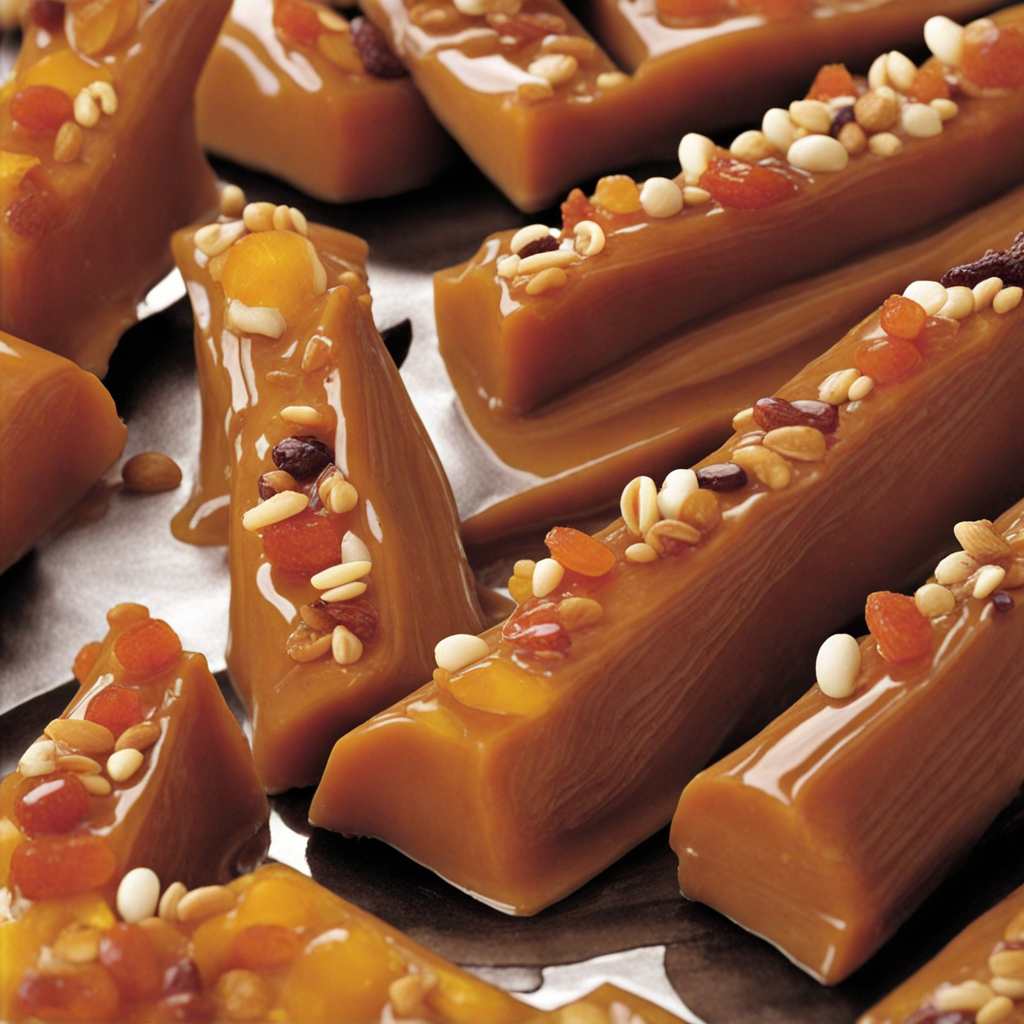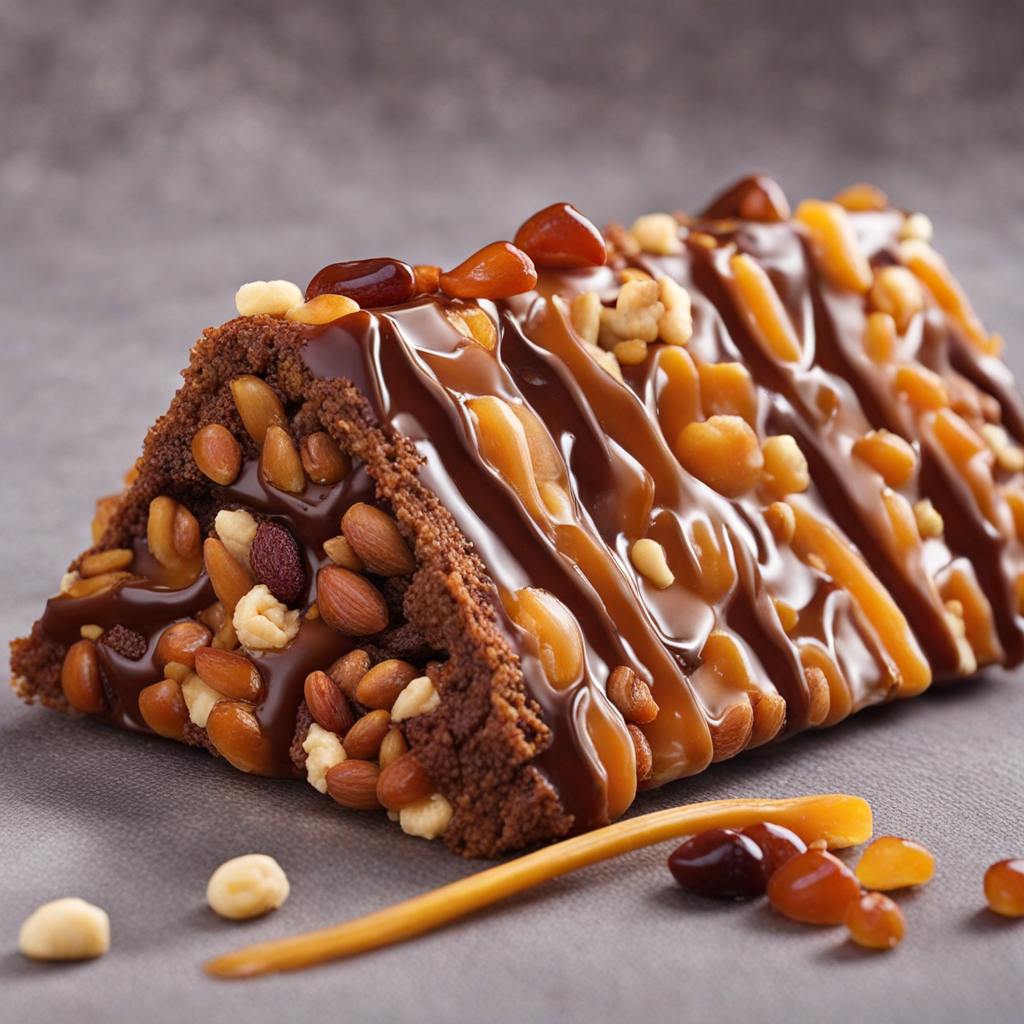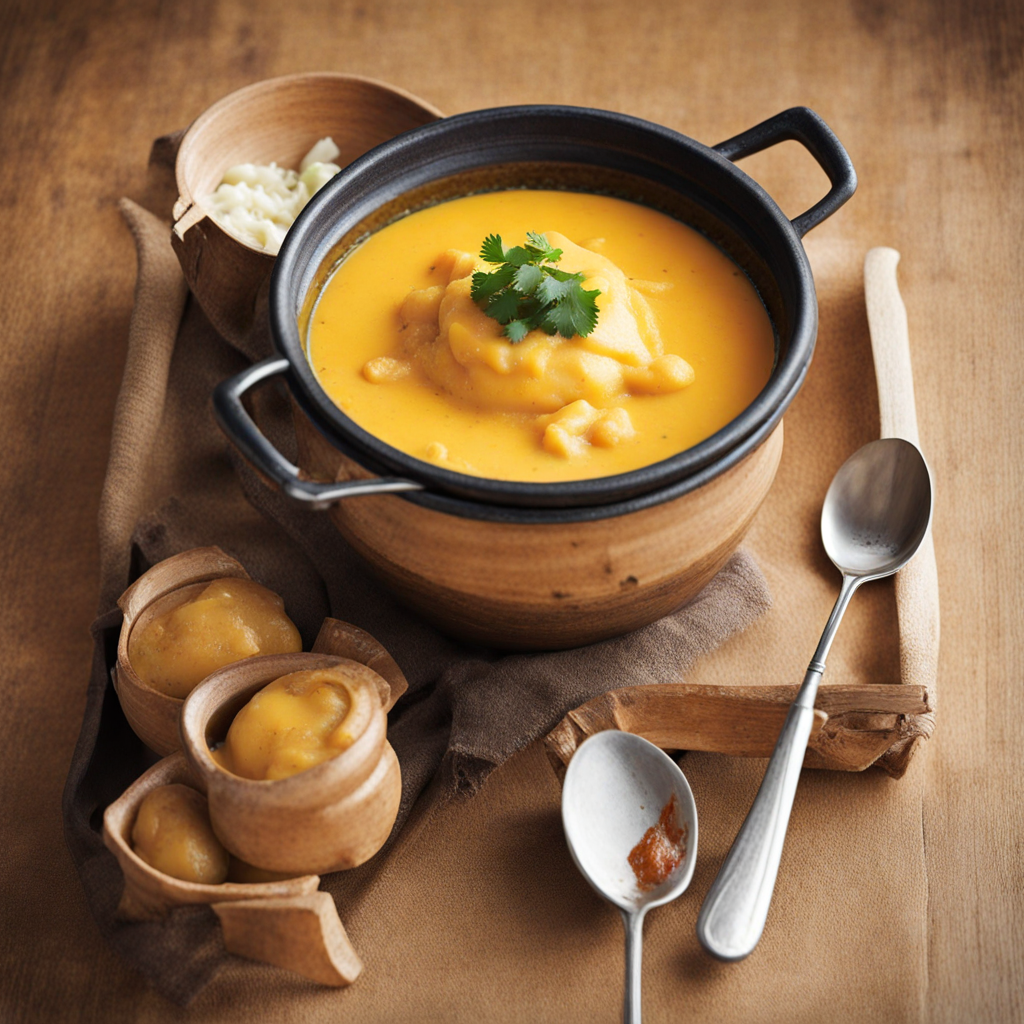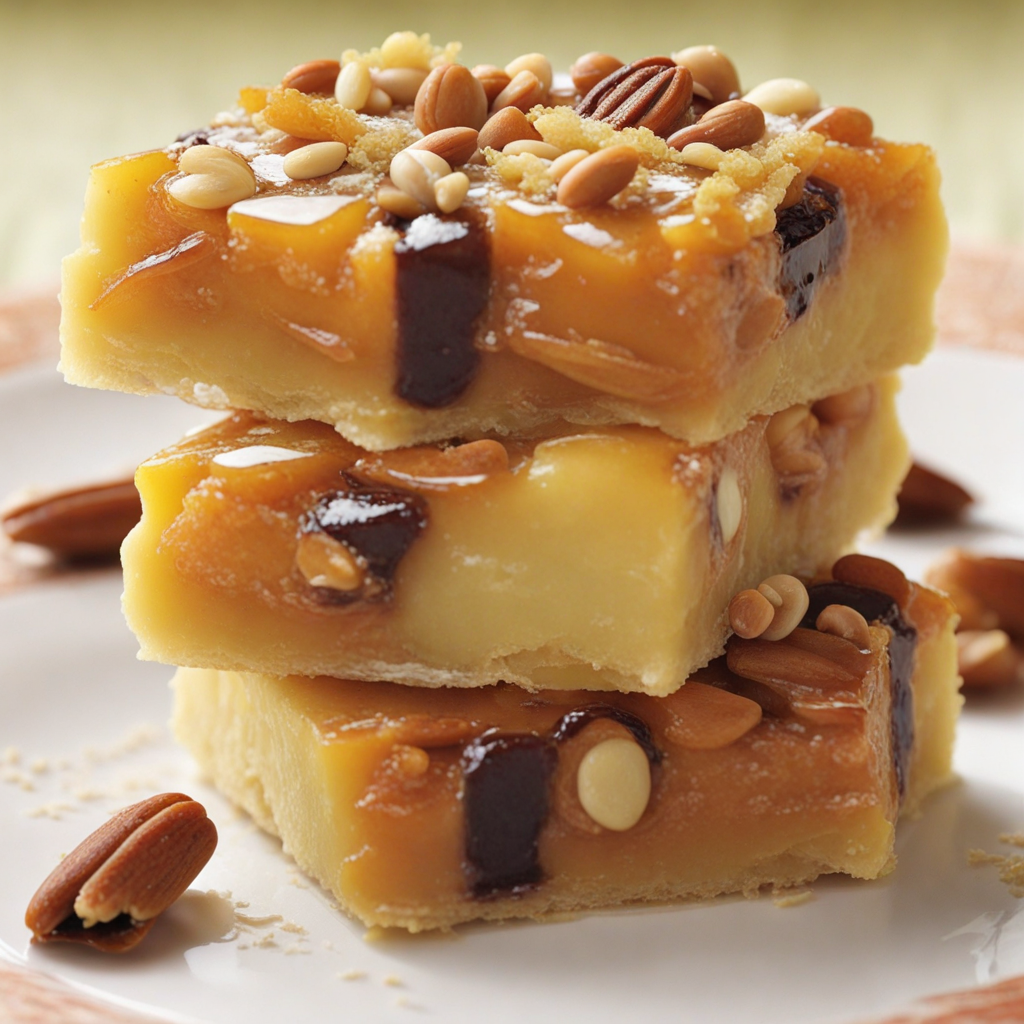Tejas
Tejas are a traditional Peruvian confection that encapsulates the rich culinary heritage of the country, particularly from the region of Lima. This delightful sweet treat holds a special place in Peru's gastronomic landscape, often enjoyed during festive occasions and celebrations. The history of Tejas can be traced back to the colonial era when Spanish influences merged with indigenous ingredients and techniques, resulting in a unique dessert that reflects the fusion of cultures. Over the centuries, Tejas have evolved, but their essential characteristics have remained intact, making them a cherished delicacy. The flavor profile of Tejas is a harmonious blend of sweetness and nuttiness, with a subtle touch of spice. Typically, they are filled with a sweet paste, most commonly made from nuts, such as walnuts or almonds, combined with sugar and a hint of cinnamon for warmth. The outer layer is crafted from a thin, delicate shell that is lightly sweetened and often dusted with powdered sugar, lending a textural contrast to the rich filling. The nutty filling is rich and creamy, providing a delightful mouthfeel that complements the crisp exterior. The balance of flavors makes Tejas an indulgent treat that satisfies the sweet tooth without being overwhelmingly sugary. Preparation of Tejas is an intricate process that requires both skill and patience. The dough for the outer shell is prepared using flour, sugar, butter, and eggs, which are mixed to create a smooth and manageable pastry. Once the dough has rested, it is rolled out into thin sheets and cut into rounds
How It Became This Dish
The History of Tejas: A Culinary Legacy of Peru In the rich tapestry of Peruvian cuisine, few dishes encapsulate the cultural confluence of indigenous traditions and colonial influences as profoundly as *tejas*. These delightful confections are a testament to the ingenuity of the Peruvian people, reflecting centuries of history, innovation, and cultural significance. To truly appreciate *tejas*, one must journey through the origins, cultural importance, and evolution of this beloved treat. #### Origins of Tejas The history of *tejas* can be traced back to the colonial period in Peru, which began in the 16th century with the arrival of Spanish conquistadors. However, the roots of this sweet delicacy lie in the indigenous cultures that thrived long before European contact. The indigenous peoples of Peru, particularly the Quechua and Aymara, had a rich tradition of confectionery, utilizing local ingredients such as fruits, nuts, and honey. The name *tejas* is believed to come from the Spanish word for "tiles" or "bricks," which reflects the shape of these sweets. Traditionally, *tejas* are made by encasing a filling—usually made of sweetened nuts, dried fruits, or chocolate—within a layer of a thin, marzipan-like dough. They are typically dusted with powdered sugar, giving them an appealing appearance that has delighted many a palate. #### Cultural Significance *Tejas* hold a special place in Peruvian culture, often associated with celebrations, holidays, and family gatherings. They are a popular treat during Christmas and other festive occasions, symbolizing unity and the sharing of joyous moments among family and friends. In many households, the preparation of *tejas* is a communal activity—families come together to create these sweets, passing down recipes and techniques from one generation to the next. Moreover, *tejas* are not merely a culinary delight; they embody the cultural fusion that characterizes Peruvian identity. The melding of indigenous ingredients and Spanish techniques has resulted in a unique product that celebrates both heritages. The use of local nuts, such as pecans and walnuts, alongside European influences in confectionery techniques showcases Peru’s diverse agricultural landscape and its ability to adapt and innovate. #### Development Over Time As Peru evolved, so too did *tejas*. While the basic recipe remained relatively consistent, variations began to emerge, influenced by regional ingredients and local culinary traditions. The city of Arequipa, for example, is renowned for its *tejas de chocolate*, where rich dark chocolate envelops various fillings, often featuring local fruits like aguaymanto (golden berry) or lucuma, a fruit native to the Andean region. In the 19th and 20th centuries, as Peru underwent significant social and economic changes, *tejas* began to gain prominence beyond local circles. The establishment of commercial bakeries and confectioners in urban centers introduced new flavors and styles, making *tejas* more widely accessible. This commercialization helped elevate *tejas* from a local delicacy to a national treasure. The rise of tourism in the late 20th century further propelled the popularity of *tejas*. As visitors flocked to Peru to experience its rich culture and cuisine, they were introduced to these delightful sweets, leading to a renewed interest in traditional Peruvian foods. Local artisans began to market *tejas* as a quintessential Peruvian souvenir, showcasing not only the flavors but also the cultural stories behind each bite. #### Modern Day Tejas Today, *tejas* continue to evolve, reflecting contemporary culinary trends while honoring traditional methods. Modern chefs and confectioners are experimenting with innovative fillings, incorporating flavors such as matcha, espresso, or even spicy elements to appeal to new palates. This creativity has not only revitalized interest in *tejas* but has also positioned them as a versatile treat that can be enjoyed year-round, rather than solely during festive occasions. Moreover, the global awareness of health and sustainability has led to a rise in artisanal production methods. Many modern *tejas* makers prioritize organic ingredients, local sourcing, and traditional techniques to create a product that is both delicious and mindful of its environmental impact. This approach resonates with a growing demographic that values authenticity and sustainability in their food choices. #### Conclusion The history of *tejas* is a rich narrative woven into the fabric of Peruvian culture. From its origins in indigenous confectionery practices to its evolution through colonial influences and contemporary adaptations, *tejas* stand as a symbol of Peru's culinary heritage. They not only represent a delicious treat enjoyed by many but also serve as a reminder of the resilience and creativity of a culture that has thrived through centuries of change. As Peru continues to embrace its culinary diversity, *tejas* will undoubtedly remain a cherished part of its gastronomic story—a sweet emblem of tradition, celebration, and the enduring spirit of community. Whether enjoyed during a festive occasion or as a simple indulgence, *tejas* encapsulate the heart of Peru’s rich culinary legacy, inviting all to savor a piece of its history with every delectable bite.
You may like
Discover local flavors from Peru







